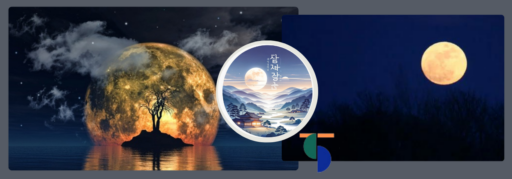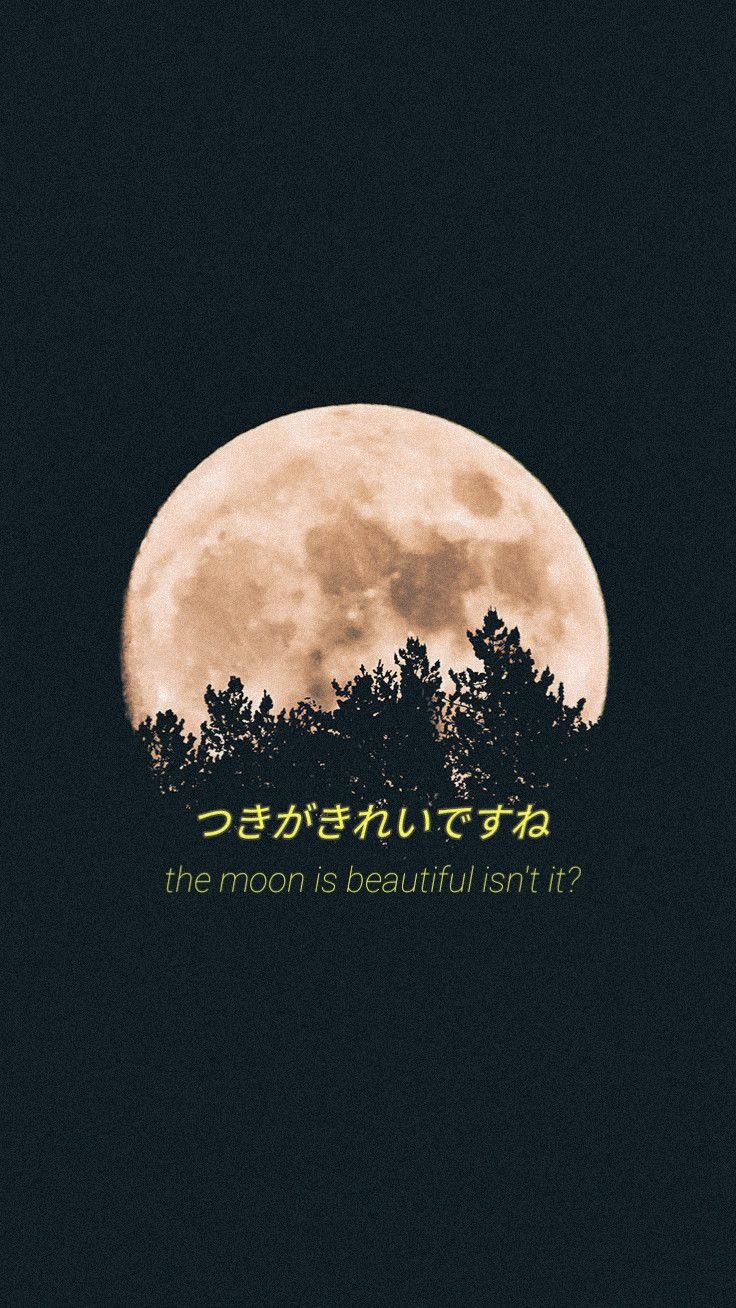Have you ever thought of looking up at the night sky and wondered, “The moon is really beautiful, isn’t it? The people of Japan have a unique way of expressing the phrase: The Moon is Beautiful Isn’t It” as 美しいですね月, Utsukushii desu ne tsuki. It is a small poem that makes you compliment the beauty of the moon even more.
In this article, we will share the information related to this lovely phrase and its meaning in Japanese culture. Let us discover how the moon plays a pivotal role in creativity, and stories, especially how the people of Japan and across the globe think about it. If you have a passion for language, or you are a story admirer, or someone who loves to gaze at the beauty of the moon, then be ready to dive into the enthralling significance behind the phrase “the moon is beautiful, isn’t it?” in Japanese tradition.
The moon is beautiful, isn’t it? Discover the phrase
“The moon is beautiful, isn’t it?” is much more than just gazing moon’s visually charming appearance. It is a poetic realization of the emotional impact the moon has on the human race. It depicts the importance, almost magical bond humans have with the moon, a sublime connection that ignites the feeling of amazement, love, and curiosity, referring to the celestial and physical dimensions of our existence.
When these words are highlighted, it is not just about the moon we are taking into consideration, but also referring to the moment of connecting with the surrounding people who might also be gazing at the same magical view. It’s a connection about the beauty that we can visualize in the sky.
It is like taking a little pause in our steadfast lives to enjoy the beauty of nature’s artwork. It is a way for people to admire the moon together so that when they see the shining moon again, they recall the phrase: “The Moon is beautiful, isn’t it?”.
From where did this phrase “The moon is beautiful isn’t it?” arrive?
If you are a manga or fantasize anime then you might be aware of the magical Japanese phrase “tsuki ga kirei desu ne,” meaning “the moon is beautiful isn’t it?” This congenial phrase has won the hearts of people, but what exactly does it convey?
The phrase defines the rich tapestry of Japanese tradition and the original form 美しいですね月 describes the way to admire the appealing radiance of the moon. In the teaching phase of the popular Japanese writer Natsume Soseki, a touching story surfaced. A student was battling with the challenge of translating “I love you” into a different language in the esteemed corridor of learning. The task of translating this phrase became a tough one, as how can the infinite nuance of love be expressed in just a few words.
Japanese tradition has always been appreciating the beauty of nature since the very beginning, and this phrase is a reflection of that. It is frequently used in art, stories, poetry, and day-to-day conversations to depict a shared emotion of describing the moon’s grandeur.
It is evident from the history of Japanese culture, they have never failed to celebrate the moon in their several festivals and traditions, like the Mid-Autumn Fest in which the families come together to gaze at the moon and unfold stories. Surely, this phrase surfaced from these cultural meetings, where the people would marvel at the moon’s grandeur, fostering a feeling of unity and interconnection.
As time passed by, this phrase developed as a reflection of the magical bond between the people of Japan and the global nature. Today, this phrase continues to inspire awe and togetherness, impelling a poignant reminder of the priceless enchantment the moon has in the Japanese tradition.
How should you respond to “The moon is beautiful isn’t it?”
A gentle touch is needed while responding to the romantic invite, and when you hear the enchanting phrase: “The moon is beautiful isn’t it?” it certainly requires you to appreciate the magical moment. In soft tones, you could reply, “Indeed it’s mesmerizing,” letting your voice convey your happiness. Else, another way is to gently whisper, “The moon pales compared to your glowing radiance.”
With the dark night enveloping you in its embrace, permit your heart to express your romantic language. Share your fondness for the moon or a memory glued to its silvery glow. Allow the words to be like stars that sparkle brilliance across the night sky.
Let us look at a few of the possible responses:
- Wholehearted Embracement
- “Indeed! It’s really enchanting.”
- “I totally agree. The night is absolutely stunning.”
- Depicting your Point of View
- “Truly, I admire it lighting up the sky.”
- “Yes, and it becomes sensational with the stars surrounding it.”
- Infusing a poetic touch
- “Absolutely! The beauty of the moon is a timeless marvel.”
- “Oh! The moon’s luminance always captivates me.”
- Revealing the emotions
- “It’s really breathtaking. It makes you admire the world’s beauty.”
- “It’s definitely beautiful. It calms the soul, don’t you think so?”
- Heading a dialogue
- “You’re correct. Are you aware of any moon legends from several cultures?”
- “Perfectly. Have you ever experienced moon-gazing on a silent night?”
Essentially, “The Moon is Beautiful, isn’t it?” fringes a profound layer of meaning, varying from its poetic mien to cultural importance, serving as a wonderful reminder of our shared humanity and enchanting the allure of nature across the globe.







